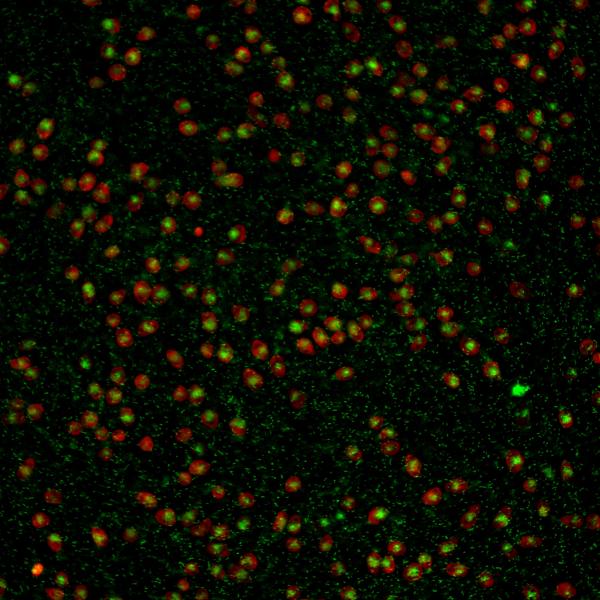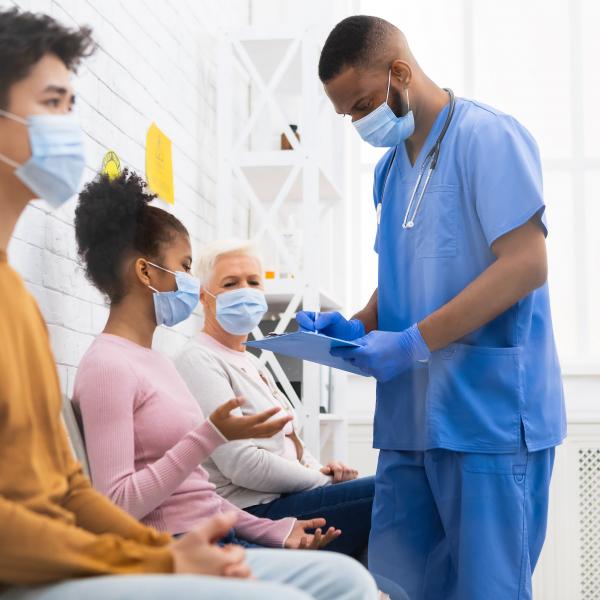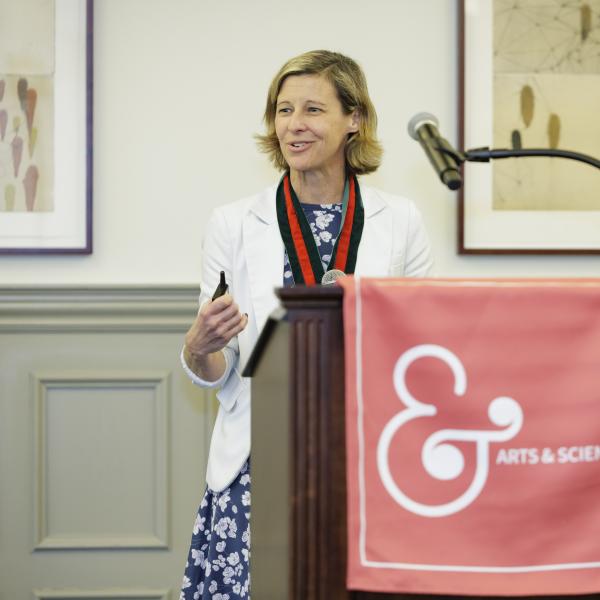“Digital Learning and Teaching in Chemistry” features WashU chemistry instructors and explores high-tech approaches to learning beyond the lab.
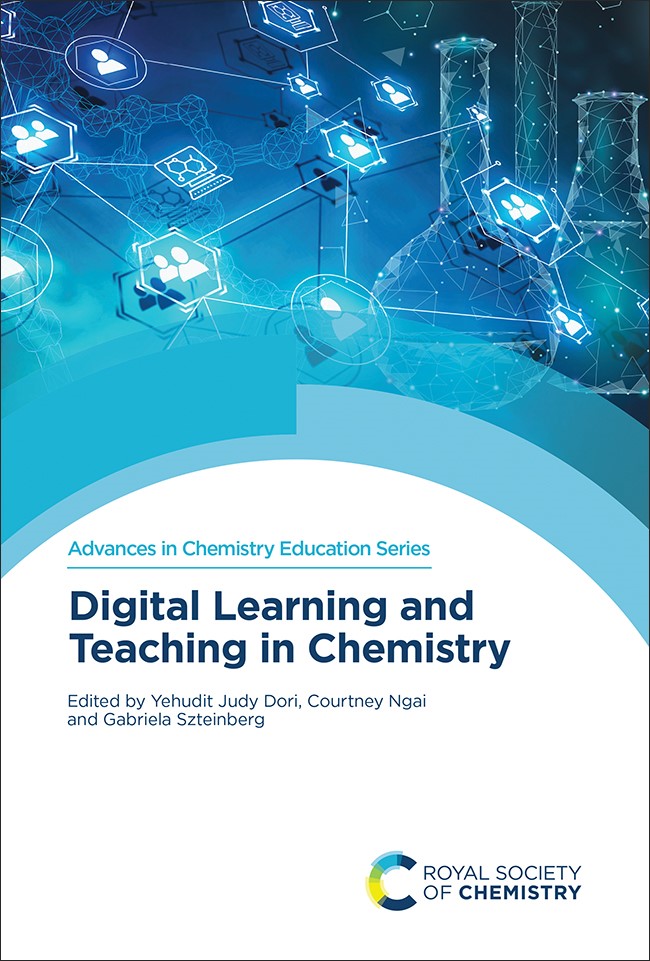
Digital tools have changed many aspects of higher education, a trend that is especially apparent in chemistry courses at WashU and beyond. The complex, abstract nature of the discipline lends itself to high-tech approaches to teaching, said Gabriela Mirowitz, an assistant dean of advising in the College of Arts & Sciences with a background in chemical education research. “Computers and other devices are helping students understand what’s happening chemically,” Mirowitz said. “It’s really important for instructors to find more ways to be dynamic in the classroom and to capture students’ attention.”
Mirowitz co-edited “Digital Learning and Teaching in Chemistry,” a book published in July by the Royal Society of Chemistry. The other co-editors were Yehudit Dori of The Technion – Israel Institute of Technology and Courtney Ngai of Colorado State University.
Mirowitz worked with senior lecturers Jia Luo and Bryn Lutes and chemistry librarian Rhiannon Iha to co-author a chapter on digital outreach during the pandemic. The book, which includes contributions from chemistry researchers and instructors across nine countries, explores trends in online and remote learning as well as the technologies that make it possible to conduct experiments without entering a lab.
The chapter written by WashU authors highlighted the efforts of chemistry instructors — including authors Luo, Lutes, and Iha — during the fall 2020 and spring 2021 semesters, a time when the pandemic forced teachers in every field to rethink their approach to instruction. “Digital tools have been used even before the pandemic, but we all had to become more adept,” Mirowitz said.
Reinventing chemistry courses
During the pandemic, Luo, Lutes, and Iha had to reinvent their own classes, which included introductory courses in general and organic chemistry. The chapter also covered innovations in General Chemistry I, a course taught by Megan Daschbach, teaching professor of chemistry, and Richard Loomis, professor of chemistry.
Despite the change in format, these instructors remained focused on their core approach: imparting fundamental concepts that students could use to build a more complete understanding of chemistry. “We call it the brick-wall-house motif,” Loomis said. “The basic concepts are the bricks. We’re not just teaching students chemistry, but also the skills and the approaches to problem-solving that they’ll need in their future careers. It is imperative students practice with each other to learn how to make the walls and to solve problems. In other words, they learn how to build houses.”
Instructors came up with creative approaches to engage students who were no longer in the classroom. Introductory General Chemistry 1, for example, offered recorded lecture videos in roughly 10-minute sections. Each segment came with its own review question, a hedge against students who might be tempted to fast-forward. “We wanted to make sure the students would watch them as if they were attending an actual lecture, rather than binge-watch them the day before a test,” Luo said.
Students generally responded positively to the lecture format. One student wrote as part of a course evaluation: “I actually liked having the video lectures because it allowed me to be able to rewatch videos to concepts or problems I did not understand.” An analysis by the authors found a strong correlation between students’ scores on lecture review questions in Introductory General Chemistry and their scores in the overall course, a sign that the questions were measuring and encouraging learning, Mirowitz said.
Some changes adopted during the pandemic have remained even after students returned to the classroom. For example, the review question format is still being used in Introductory General Chemistry. “It’s such a powerful learning tool,” Luo said. “Students still appreciate the benefits.”
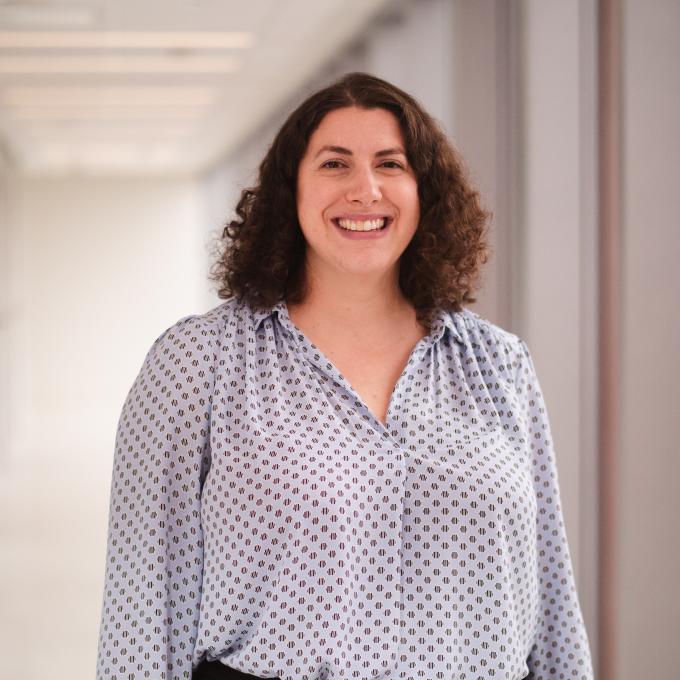
As a past coordinator of peer mentoring programs in chemistry during the pandemic, Mirowitz worked to keep peer-to-peer conversations going during lockdown. General chemistry courses adopted weekly peer-led team learning sessions that took place mostly over the weekend or on Monday nights.
In a similar vein, Daschbach and Loomis trained graduate students and undergraduate mentors to join students in Zoom breakout rooms during and after lectures. “We focused on utilizing all of our resources to facilitate discussion amongst our students,” Daschbach said. “The real learning is happening when students are working together on the walls and the houses.”
Students also helped themselves — and each other — using Piazza, an online forum where students can ask questions about the course material. Questions, which could be posted anonymously, were typically answered by someone from the instructional team and/or other students within 24 hours.
In the fall of 2020, Daschbach and Loomis were honored with a Dean’s Community Response Award for their “extraordinary” commitment to “ensuring that students get the same educational experience and interaction” they would have received in a non-pandemic year.
A tradition of innovation
Even before COVID-19, however, chemistry instructors at WashU were making use of digital tools to enhance learning. In 2014, they received an Arts & Sciences classroom innovation grant to incorporate programming provided by online textbooks that are still in use today. “I was a little skeptical of using questions provided in e-textbooks at first,” Loomis said. “But they worked very well. If students get something wrong, they have a chance to try again and they’ll get hints. That’s something you can’t do with paper-and-pencil homework.”
Digital tools provided by online programs can also allow students at different levels to manipulate atomic models and even conduct virtual experiments. “Students can modify some parameters and actually mix some solutions, and then they get data,” Mirowitz said. Still, the digital approach does have limitations. “When you do an experiment in person, your data vary a little bit more because that’s reality,” she said. “But students using online programs still have a chance to do the calculations and learn the concepts.”
In the classroom, instructors often use computer models of molecules to help students visualize chemical processes. They also use iClickers or other apps to instantly poll students. “If half of the students have the wrong answer, that means they’re confused, and I need to go back and clarify,” said Luo, one of the chapter co-authors.
Ultimately, Mirowitz said, the digital approaches to chemistry showcased in “Digital Learning and Teaching in Chemistry” can help make the field more accessible to a wider range of students, including those who can’t attend an actual lab or class. “Mobile applications provide a more equitable way of reaching students.”
